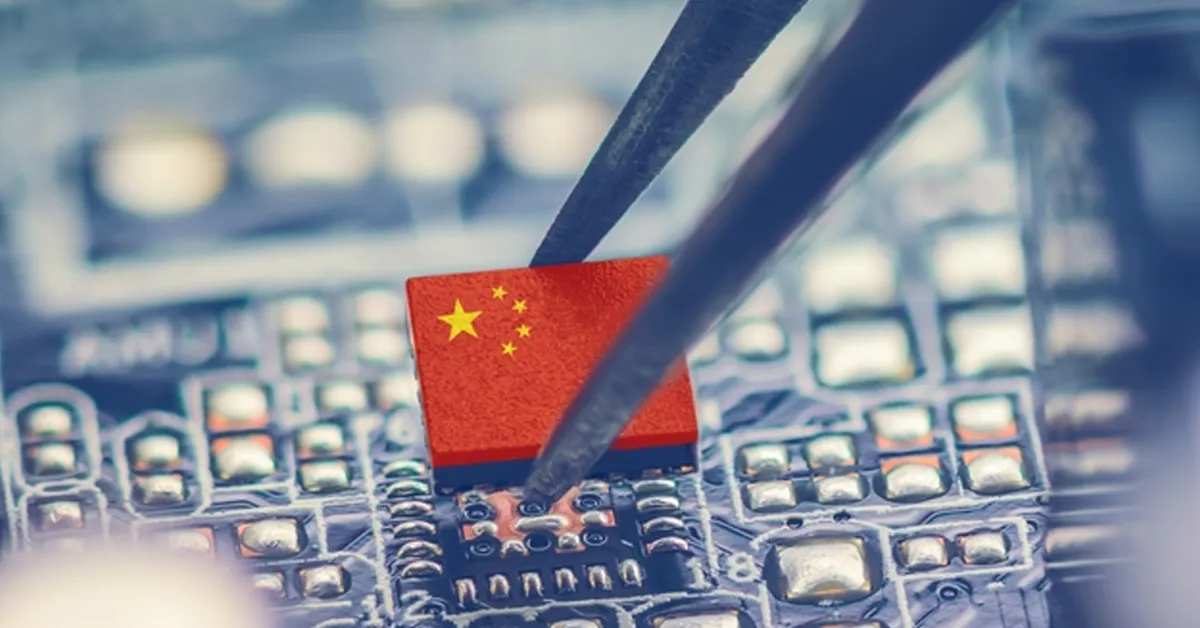There are few industries where security requirements are as rigorous and intensive as in aerospace and defense. At the same time, this industry depends on large and dispersed networks of supplier firms to deliver parts, materials, and components that range from simple aluminum extrusions to airplane wings.
The globalized supply chain for Boeing’s 787 Dreamliner, for example, is a “flying symbol of an interconnected world economy,” according to Business Insider which drew on research from Reuters and other sources to show that many of the plane’s major parts—including its forward fuselage (Japan), engines (UK), and landing gear (France)—are made outside the United States.
According to the Department of Defense’s recently issued action plan to secure defense-critical supply chains, American aerospace companies use an average of 200 first tier suppliers and more than 12,000 second- and third-tier suppliers. These supplier companies are all over the world, and many provide technologically sophisticated components and equipment that DOD calls “foundational” to the aerospace industry and defense industrial base—optical instruments, mechanical gears, and printed circuit boards.
The DOD identified four types of technology and goods about which it is particularly concerned: kinetic capabilities such as missiles, hypersonic and directed-energy weapons; high-capacity batteries, especially those using lithium; castings and forgings; and microelectronics.
Like the July 2021 report by the bipartisan House Armed Services Committee’s Defense Critical Supply Chains Task Force, the DOD report includes a wide array of recommendations to shore up the resiliency of supply chains critical to the defense industrial base (DIB). Both reports underscore the importance of training and develop a domestic workforce capable of staffing aerospace and defense industries. Specific ideas include everything from sponsoring student competitions in machining and welding to attracting military veterans to work in DIB industries.
As readers of this blog will be aware, workforce challenges are ubiquitous in the United States. The lack of skilled and semi-skilled factory workers as well as the fact that many workers prefer the hours, conditions and flexibility of service jobs and gig work are formidable obstacles for companies looking to reshore production—especially those in advanced manufacturing. So, like many other recommendations in these reports, developing the kind of workforce that can support growth of the DIB domestically will be a long-term project requiring extensive public and private investment.
DOD and Congressional supply chain devotees in both parties recognize this, and so there’s a great interest in relocating supply chains from China and other geopolitical rivals to nations that are more reliable allies. In aerospace, offshore supply chains are already heavily weighted toward allies like Japan and NATO member countries. And the DOD promises to use its procurement and contracting power to “diversify domestic and allied supply chains to support the on-shoring and ally-shoring of critical supplies.”
While the DOD doesn’t specifically mention America’s hemispheric neighbors, some policymakers agree with Resilinc CEO, Bindiya Vakil, and her co-authors Tom Linton and Dale Rogers who advocate for the U.S. to support a “Pan-American Manufacturing Ecosystem” which builds up advanced manufacturing—including DIB industries—in North, Central and South America.
Ally-shoring initiatives will have to take account of the DOD’s increased attention to monitoring and preventing what it calls “adversarial FOCI”—foreign ownership, control, or influence by countries that are geopolitical rivals. This has long been a priority for the DOD, and entities in the U.S. defense supply chain, no matter their location, are already required to pass facility and personnel security clearances managed by the Defense Counterintelligence and Security Agency. Preventing adversarial FOCI is frequently an issue during M&A activity involving firms in the U.S. DIB supply chain, with requirements for potential acquirers to notify the relevant DOD security overseers as soon as they enter into M&A negotiations.
The COVID-19 pandemic and rising geopolitical tensions with China have led to increased concerns about FOCI, both within the DOD and Congress. These concerns dovetail with long-term issues around IP theft and industrial espionage—but over the last several years, policymakers are increasingly alarmed that the U.S. is falling dangerously behind in manufacturing sectors where defense applications are not necessarily obvious.
A vivid example: drones. As Ukraine deploys drones—including many inexpensive consumer drones—to attack and destroy Russian armed forces, China’s dominance of drone manufacturing is growing as a security concern. Or more accurately, the alarms raised years ago about this strategic vulnerability by members of Congress in both parties is getting a lot more attention.
As the U.S. and its allies seek to secure DIB supply chains, supplier firms can expect greater security scrutiny as well as increased costs and procurement challenges due to increased tariffs, trade barriers and industrial blacklists. Escalating geopolitical constraints pose new and growing threats “to the aerospace supply chain,” according to a recent report by consulting firm Roland Berger.
Roland Berger cites WTO data showing that the volume of traded goods impacted by “restrictive measures” (that had nothing to do with the pandemic) doubled from 2017 through 2020
“For aerospace players that have increasingly relied on extensive cross-regional supply-chain flows as part of globalized supply chains, such reinforcement of geopolitical restrictions puts sourcing from strategic suppliers in other regions at risk of potential disruption,” write the Roland Berger specialists.
“Most importantly, they make such supply-chain operations more costly. Effects could include longer lead times caused by tighter import/export controls, growing cost pressure that [are] difficult to pass on, or even increasing numbers of missing parts due to the removal of certain suppliers from sourcing lists. These operational disruptions will ultimately create challenges for OEMs and suppliers in maintaining their growth ambitions.”
In summary, OEMs and suppliers in aerospace and defense will be contending with a growing repertoire of security and resiliency policies for the foreseeable future. To manage successfully through this period, multi-tier supply chain mapping, risk assessments and risk mitigation services like those provided by Resilinc will become a requisite for both doing business in aerospace and defense supply chains and for maintaining national security.





